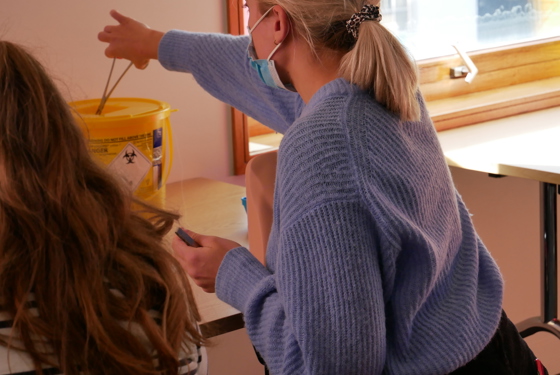Capabilities in Practice (CiPs)
The Core Curriculum is divided into 14 Capabilities in Practice (CiP).
10 CiPs are related to generic or professional capabilities (Professional Identities 1, 2 and 4 below). These are high-level statements of what a doctor should be able to do at the end of their training.
Each CiP outlines the key skills you will be expected to have, along with a set of descriptors to help you assess your progress. The education package on RCOG Learning contains detailed guides to the CiPs including a statement of expectations as to progress.
Professional Identity 1: Healthcare Professional
- CiP 1: The doctor is able to apply medical knowledge, clinical skills and professional values for the provision of high-quality and safe patient-centred care
- CiP 2: The doctor is able to successfully work within health organisations
- CiP 3: The doctor is a leader who has vision, engages and delivers results.
- CiP 4: The doctor is able to design and implement quality improvement projects or interventions
- CiP 5: The doctor understands and applies basic Human Factors principles and practice at individual, team, organisational and system levels
Professional Identity 2: Researcher, Scholar And Educator
Professional Identity 3: Clinical Expert
- CiP 9: The doctor is competent in recognising, assessing and managing emergencies in gynaecology and early pregnancy
- CiP 10: The doctor is competent in recognising, assessing and managing emergencies in obstetrics.
- CiP 11: The doctor is competent in recognising, assessing and managing non-emergency gynaecology and early pregnancy care
- CiP 12: The doctor is competent in recognising, assessing and managing non-emergency obstetrics care
Professional Identity 4: Champion For Women’s Health


